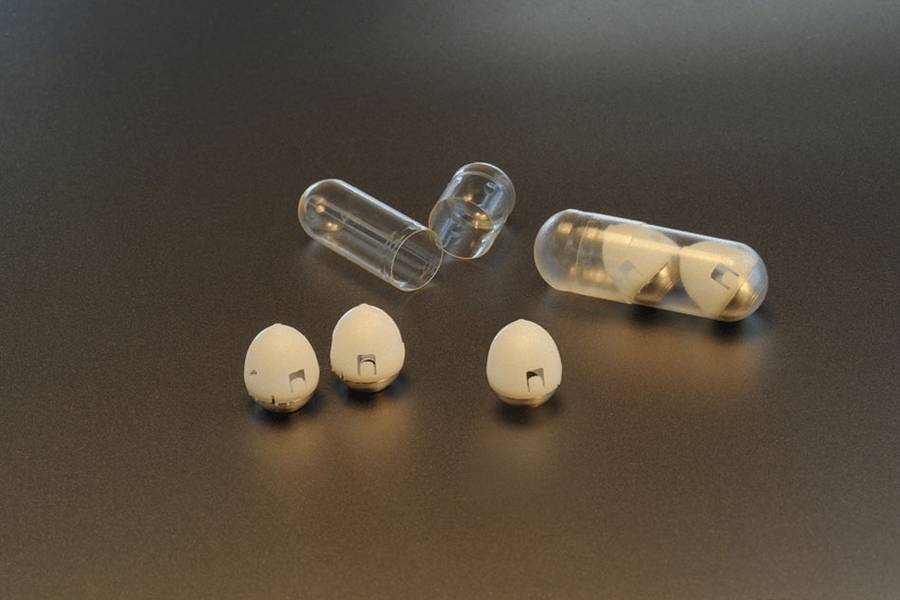
Orally-active insulin has been the holy grail of insulin research and perhaps even the pharmaceutical industry in general for many generations. The search for a viable, orally active insulin drug product has stretched out nearly 100 years.
The search has been so feverish for a few reasons. The first is that injected Insulin can act so fast that it can actually be dangerous, causing blood sugar to drop too rapidly.
Insulin pumps solve this problem by slowly delivering only the necessary amount of the drug but they are exorbitantly expensive and out of reach for a vast majority of diabetes patients.
Orally-administered drugs are likewise delivered to the bloodstream slowly, avoiding the immediate spike of drug concentration that can sometimes be dangerous.
Despite the immense effort countless companies and researchers have dedicated to the problem, there still isn’t an FDA-approved insulin pill on the market.
It’s important to understand that there are some oral medications for Type 2 Diabetes that function similarly to insulin by lowering blood sugar levels (though their effectiveness varies). However, they are not ideal and do not meet the needs of those with Type 1 Diabetes (who make little to no insulin) and may not always be effective for patients with Type 2 Diabetes either.
Why is Orally-Active Insulin So Difficult to Make?
Insulin is not effective when taken by mouth for several reasons. It is a protein made of 51 amino acids, which makes it too big for the gastrointestinal (GI) tract to absorb properly. If it can’t be absorbed in the GI tract, it won’t enter the bloodstream to be spread throughout the body.
Insulin is also quickly broken down by the digestive system, meaning that even if it was absorbed well by the GI tract, much of it would be destroyed before it could reach the blood.
There have been a myriad of fascinating attempts to get around these problems but none of them have been promising enough to get through clinical trials. One of the most interesting (and intimidating) attempts came from researchers at the Massachusetts Institute of Technology (MIT).
A team of scientists created a pill full of capsules containing spring-loaded needles made of 100% insulin. The spring is blocked by a sugar disk that dissolves when it reaches the stomach. When the disk dissolves, the spring is released, firing the needle into the stomach wall, and delivering the insulin directly into the bloodstream.
This is not only a bit terrifying to have little spring-loaded needles firing into your stomach, but it’s also likely exorbitantly expensive to make. Insulin is already expensive enough before you add a complex spring-loaded needle gun the size of a blueberry into the mix.
How Did the Researchers (Potentially) Solve the Oral Insulin Problem?
The University of Pennsylvania research team started by designing a “gene gun” using the human genes that lead to the production of insulin. The method, elucidated in the team’s paper published in the journal Biomaterials, continues by inserting the genes into the hard walls of lettuce cells.
The genes are then integrated into the genome of the cells. Seeds are produced with this new genome and then grown into full lettuce plants that produce large amounts of human insulin. The insulin they produce is actually superior to the most popular kinds of insulin used today because it includes a natural peptide missing from other insulin products. Once the lettuce is fully grown it is freeze-dried and ground into powder. This powder is the final drug-product.
This method has a myriad of proposed benefits. It seems like the rigid plant cell walls that surround the insulin protect it from the body’s digestive system, allowing it to be delivered to the liver by way of the gut.
The researchers also claim that it is cheaper than the current popular methods of insulin synthesis that use yeast or bacteria to create the protein.
Can This Be Extrapolated Elsewhere?
Finding an orally active insulin drug-product is an absolutely remarkable achievement that is likely worth many billions of dollars if it can make it through the FDA approval process and be cheap enough to be viable.
Furthermore, the mechanism used to produce this form of oral insulin could potentially be extrapolated to all kinds of protein-based drugs. Protein drugs are so malleable and versatile that they could be designed to treat any number of diseases and conditions.
They have opened an entirely new paradigm of medicine. They are already estimated to make up half of the top 10 best-selling drugs in 2023 and this method potentially solves 2 of the biggest factors holding them back: high cost and susceptibility to digestive enzymes.
If this method of growing proteins within lettuce is proven to be safe and effective for all kinds of proteins, it could literally change medicine forever.
Related Articles:
- Scientists Just Discovered a Possible Cause of Long COVID
- Loophole Allows US Government to Harvest the Data of Millions of American Citizens Without Warrants (or FISA)
- Best Biotech Stocks to Watch in 2023
What's the Best Crypto to Buy Now?
- B2C Listed the Top Rated Cryptocurrencies for 2023
- Get Early Access to Presales & Private Sales
- KYC Verified & Audited, Public Teams
- Most Voted for Tokens on CoinSniper
- Upcoming Listings on Exchanges, NFT Drops
